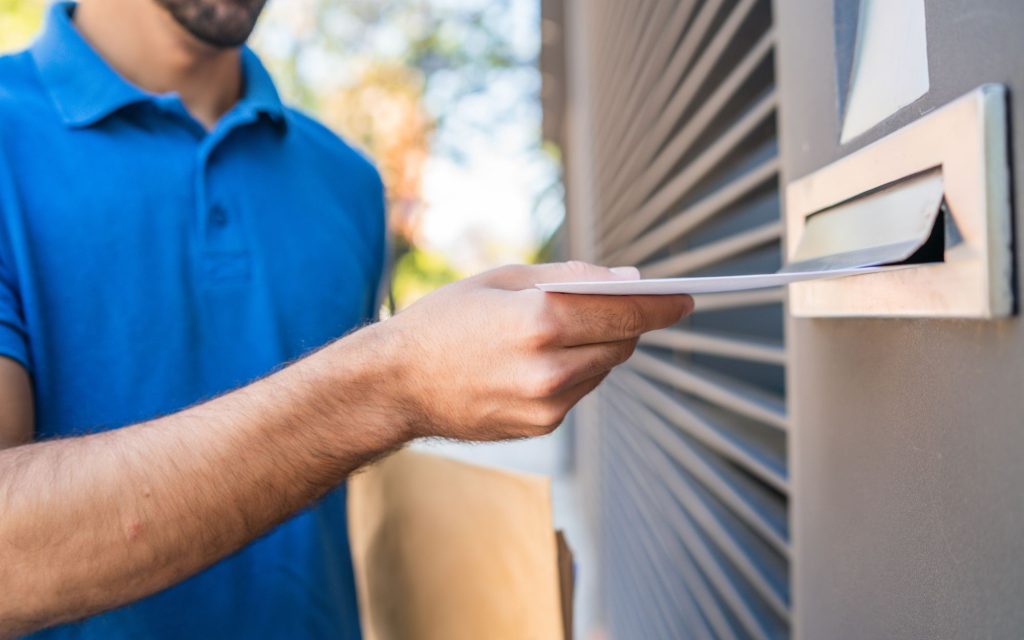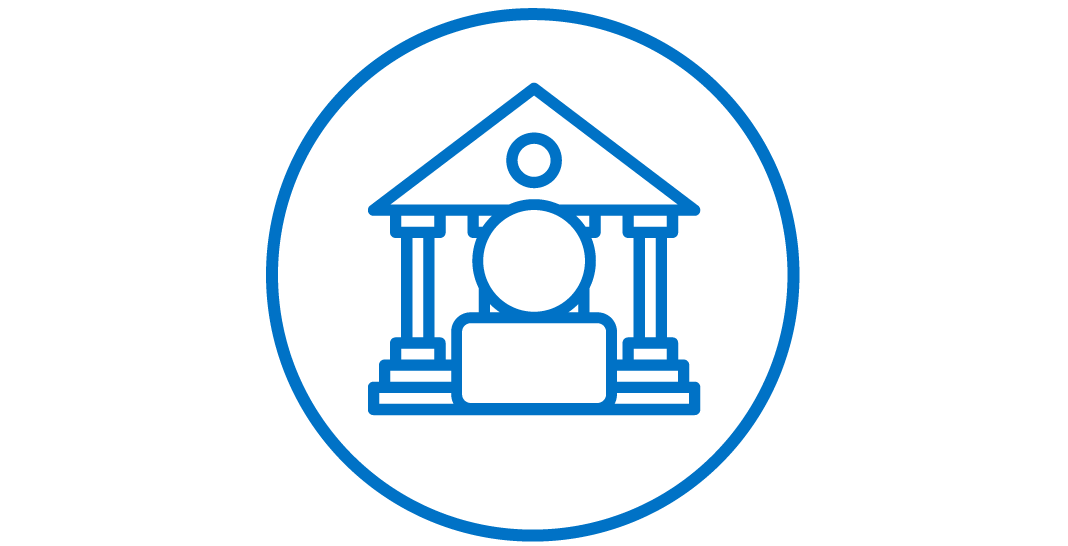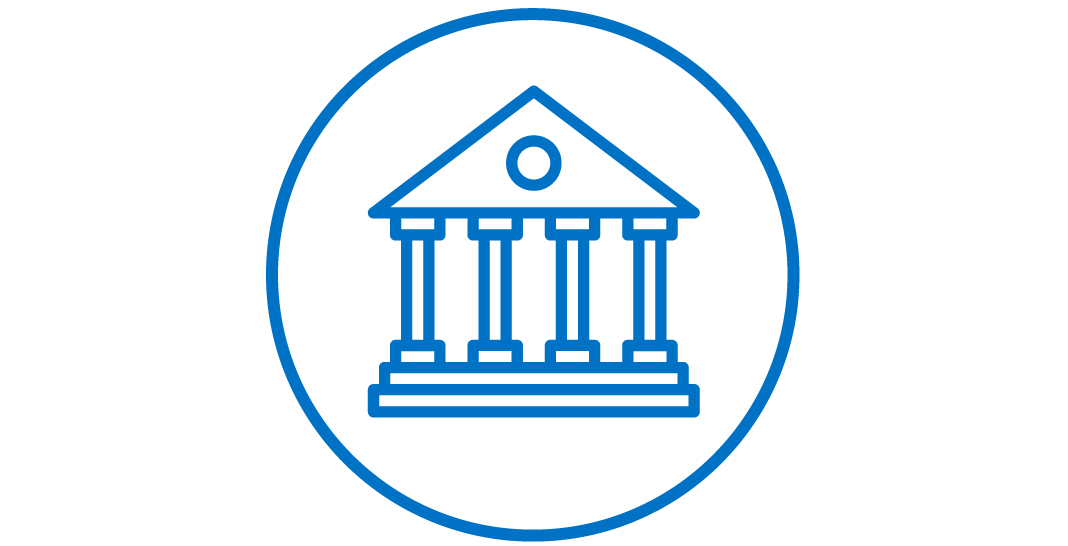Julie Bartnik, SVP, Treasury Management
While you may think paper checks are a thing of the past, you might be surprised to find out that paper checks still make up about 1/3 of all business-to-business transactions, according to the Association of Financial Professionals.
And unfortunately, we are seeing a tremendous surge in check fraud schemes. According to the Financial Crimes Enforcement Network (FinCEN), check fraud is the largest source of illicit proceeds in the United States, with banks seeing an 84% increase in this type of fraud from 2021 to 2022 – with no signs of slowing down.
With scary statistics like that, it’s important that your business understands what check fraud is and some warning signs to look out for.
What is Check Fraud
Check fraud happens when criminals produce fake checks or steal mail containing personal checks, business checks, tax refund checks, and checks related to government assistance programs, such as Social Security payments and unemployment benefits. These checks are then altered, physically or digitally, to allow things like different payees or larger amounts.

Advanced design and printing technologies are two tools in a scammer’s kit, helping them to create fraudulent, hard-to-detect counterfeit checks.
Following the initial theft and fraudulent negotiation of the stolen checks, criminals often continue to exploit their victims by using the personal identifiable information found in the stolen mail for future fraud schemes, such as credit card fraud or credit account fraud.
Types of Check Fraud
Across the financial industry, there are two main types of check fraud we are seeing today.
The first is front-of-check fraud, which includes altered and counterfeit checks. When it comes to altered checks, a criminal will steal checks from the mail and then alter information present on the front of the check, such as names, payment amounts, etc.
Unlike altered checks, which started as legitimate forms of payment, counterfeit checks are complete fakes. Crafted to look like real checks, these are made with design software where a criminal is duplicating your account information onto the check before printing it out.

From hand altered check to multiple deposit attempts, check fraud can come in several forms.
Next, we have back-of-check fraud, which happens when a criminal alters or forges the endorsement on the back of a check. Alternatively, they may not endorse the check at all or perhaps they provide a single endorsement for a check that was payable to multiple parties.
Mobile check fraud also falls into this category. This type of fraud occurs when a criminal deposits a paper check, via mobile deposit or a mobile banking app, by taking a photo of the check and sending it to a financial institution – then they’ll take the paper check they still have and attempt to deposit it again at another bank or check cashing business.
Check Fraud Red Flags
To help your business remain alert and aware of check fraud, be on the lookout for these common red flags.
- Your business discovers a check or an order of checks was never received.
- A check your business mailed to an intended recipient was never received on their end

Check fraud isn’t always a high tech operation. It could be as simple as someone stealing an order of checks from your mailbox.
While these are not always signs of a nefarious attempt towards your business, it would be wise to notify your bank of the situation, who can investigate the issue on their end and help you monitor accounts for suspicious activity.
Preventative Measures
Check fraud is an unfortunate reality and while there are steps you can take after it happens to recoup your funds, preventing it from happening in the first place is your best bet.
At Waterford, we are dedicated to keeping our customers and their assets safe and thriving. Through a combination of industry-trusted technology and a team of experienced treasury professionals, we’re diligently working to add additional layers of security to your accounts with services like:
- Positive Pay – is a two-fold fraud protection service that helps detect unauthorized checks and ACH debit transactions. As checks are issued, your company uploads a file into online banking containing information about each check. Positive Pay then matches this information as checks clear your account and any checks that don’t match are held as an “exception item” for your company to pay or return.
- Remote Deposit Capture – helps keep your account information out of the mail, by letting you deposit checks from the convenience of your office. It also includes comprehensive review and reporting capabilities based on individual deposits, check number, item type and routing number.
- Digital Payment Options – Consider using our digital payment options like ACH or card payments, instead of relying on paper checks. This ensures that your checks cannot be intercepted in the mail, no alterations can be made to a physical check, and helps your business to save time and travel.
You can also play a part on your company’s safety when you implement:
- Employee Safeguards – Unfortunately, check fraud can sometimes come forth from within your own business. Be sure to review your accounting processes to ensure that the authorized signer of company checks is not the same person who reconciles the account. Similarly, make sure that more than one person oversees your accounts payable, and consider instituting surprise audits.
- Physical Security Measures – Keep your stock of checks locked and secure, ideally somewhere with an access code or combination that is changed frequently. You’ll also want to take steps to secure your mailroom.
- Trackable Shipping – When you do need to rely on the mail to send checks, be sure to use a trackable shipping method and keep tabs on each check sent until you have confirmation of delivery. Requiring a signature upon delivery is another safeguard you can take.
Going Forward
While there are steps you can take to recoup missing funds, recovery isn’t guaranteed and can often take months. So, if you suspect check fraud, act as soon as possible.
Keep records of your transactions and, in the event a fraudster reaches out to you, any emails or communications received. These can be used as potential evidence against the criminal, should their identity be uncovered and legal action can be taken.

Check fraud can happen to anyone. It’s important to put embarrassment aside and contact the authorities and your financial institution to work towards a resolution.
Most importantly, report the fraud to your bank and the authorities immediately. Additionally, mail theft-related check fraud can be reported to the United States Postal Inspection Service at 1-877-876-2455 or https://www.uspis.gov/report.
The sooner you report a fraud incident, the quicker action can be taken.
About the Author

Julie Bartnik is a seasoned Treasury Management Professional, who has spent the last 45 years in the financial industry. At Waterford, she serves as the Senior Vice President of Treasury Management, where she helps business customers optimize their cash flows, maintain liquidity, manage risk, and operate their day-to-day finances more efficiently.
If you’d like to connect with Julie or learn more about check fraud protection, please contact us here.


